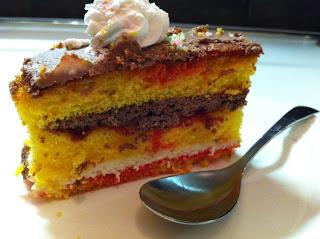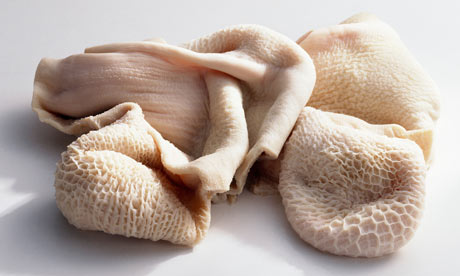I have always attempted to live by the wisdom of this statement: Life is short, start with dessert. So with that in mind I will begin my account of our Tuscan cooking class by describing Tiramisu'.
The translation of this dessert loosely means "lift me up." And it is a delightful way to end any meal enjoyed in Italy. It is a coffee flavored dessert usually served chilled. That is why we began our class by making it so it could spend some time cooling in the refrigerator while we prepared the rest of the meal.
It seems that there are almost as many variations of the recipe as their are people and places that claim credit for its creation. But one thing is generally agreed upon and that is that it first appeared in Italian cookbooks in the decade of the 1960s. With only a handful of ingredients it isn't difficult to prepare. Here's the recipe:
Tiramisu'
Ingredients
4 fresh eggs, at room temperature
12 Tbsp white sugar
1 lb. Mascarpone cheese, at room temperature
24 small biscuits (like ladyfingers)
1 c. black coffee
6-7 Tbsp unsweetened cocoa powder
Preparation
Separate the eggs, then combine the sugar with the egg yokes, and beat with a whisk until creamy. Then beat the egg whites with a whisk until soft peaks form. Gently fold the cheese into the yoke mixture, followed by the egg whites. Spread a layer of this cream mixture into your desired serving dish.
Dip the biscuits into the coffee, one at a time, then layer biscuits on top of the cream mixture. Sprinkle with cocoa powder. Layer with cream again, followed by biscuits, then cocoa powder. Continue this process until all the ingredients are utilized, finishing with cream on top. Dust with a final layer of cocoa powder. Add chocolate chips (if desired), chill for two hours in the refrigerator, and serve. Your tiramisu' will keep for one to two days, but no longer due to the use of the raw eggs.









